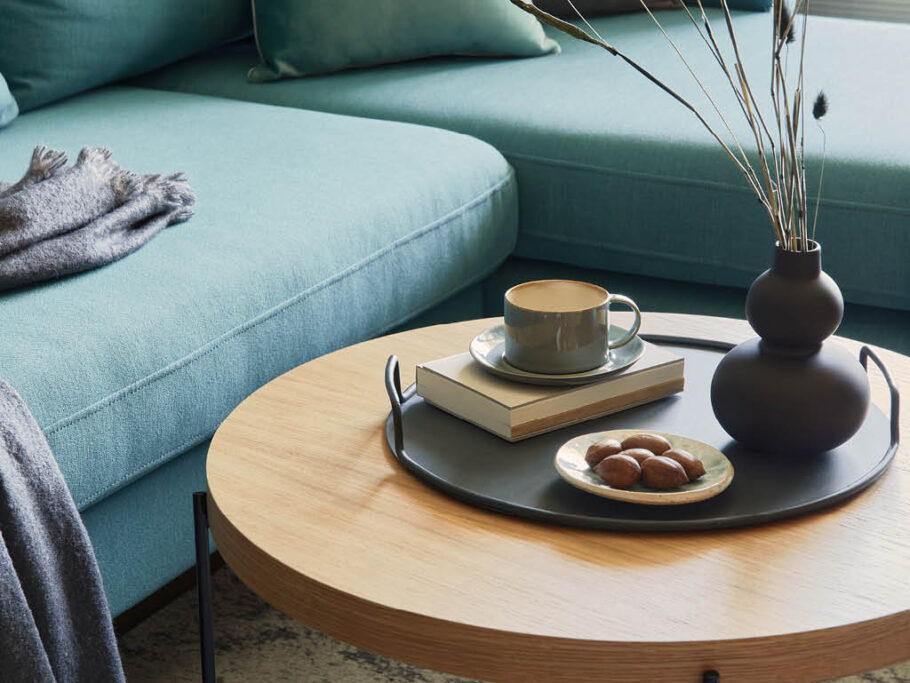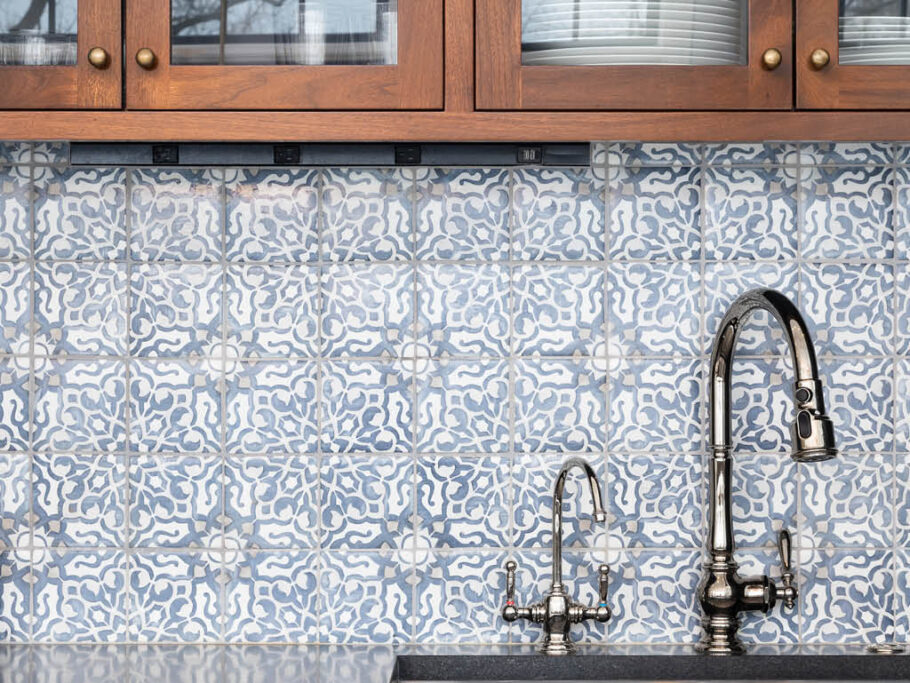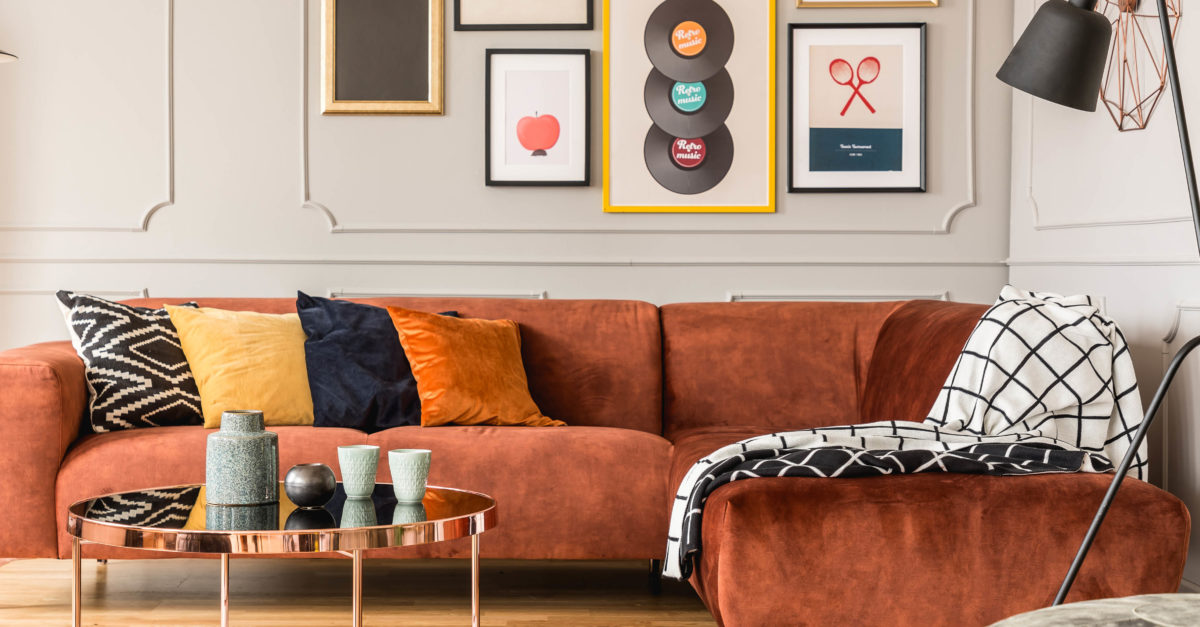Framing Beauty: A Beginner’s Guide to Displaying Art
Photography courtesy of Getty Images.
Pablo Picasso once said, “Art washes away from the soul the dust of everyday life.” This sentiment could not be more perfect for describing the way art can impact the quality of life within a home. Most American households have at least some form of art on display, be it an original painting, photographs, sculptural work, or even a child’s finger painting. However, not many people are confident when it comes to displaying art the right way.
The guide that follows will help you find art pieces that will fit best with your style and offers ideas for displaying art properly so that it shines in your spaces and adds warmth and intrigue to your home.
Finding the Perfect Pieces
Whether your style is rustic, minimalist and modern, or something in between, there are plenty of places you can visit to find art that fits in your spaces. Art can be purchased just about anywhere these days, even at big-box stores like Target and HomeGoods. But places like these don’t necessarily offer exceptional pieces that will suit your personal taste.
Farmhouse/Rustic
If your style leans toward quaint and country, then you are probably already familiar with online shops like Etsy and Twelve On Main, which offer a large variety of farmhouse-style artwork for sale. In most cases, you can order prints to frame yourself or prints that come already framed, as well as prints on canvas. To maintain your current aesthetic, it’s best to stick to artwork in cool, neutral tones, such as gray, white, blue, and green, and imagery that is reminiscent of country life (e.g., still life, farm scenes, and landscapes). Antique stores and flea markets are other great places to look for art with this theme. Look for one-of-a-kind pieces that can be used throughout your home—on shelves, mantels, and as tabletop decor.
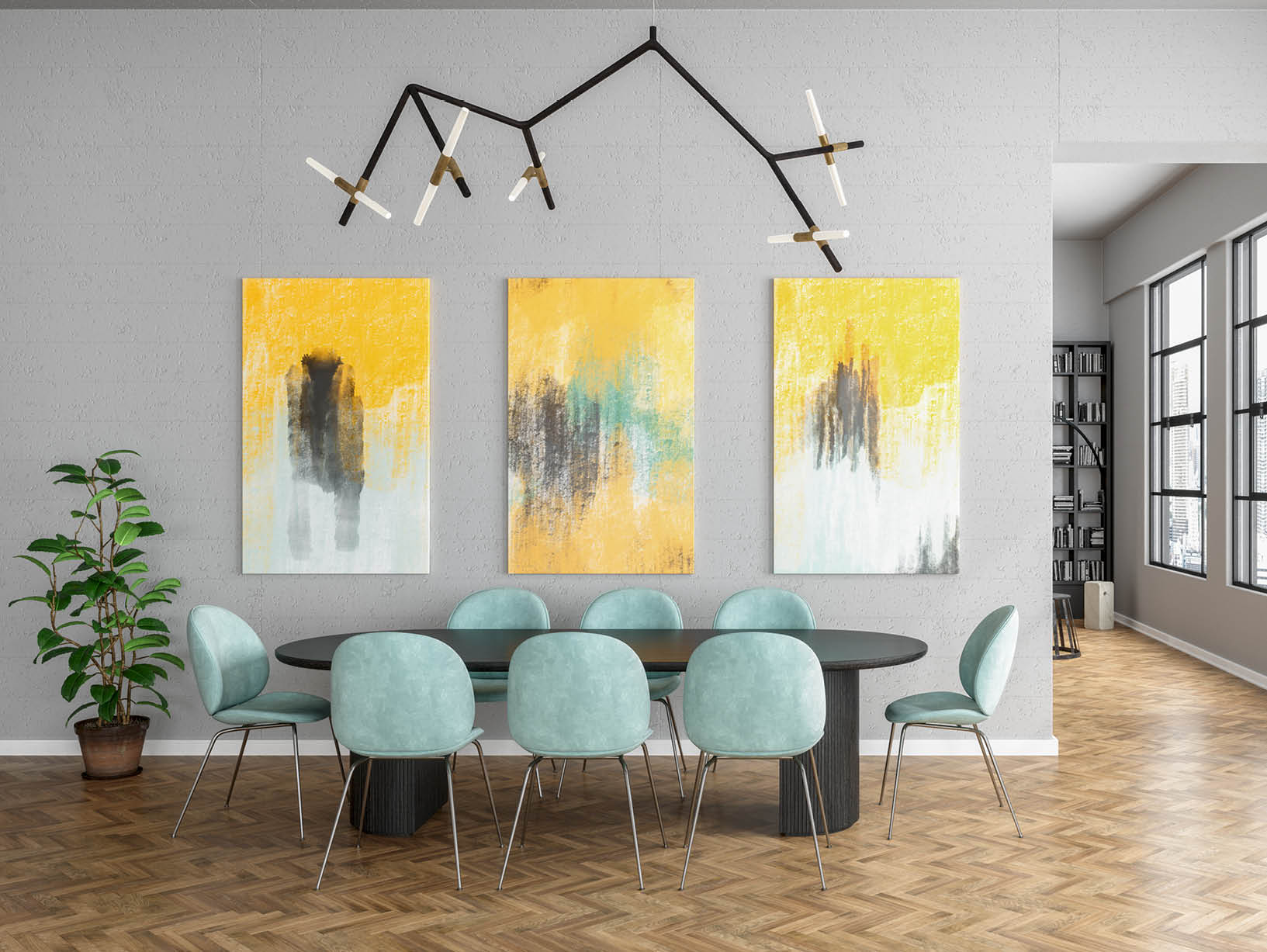
Modern
With a modern decorating taste, the options for incorporating art are varied. Depending on the color scheme of your space, you can go bold with artwork or take a more neutral route, but selecting pieces that are attention-grabbing is key. Tappan is an online collection of contemporary art across a variety of mediums. The site allows you to search by categories like color, orientation, palette, and price, helping you find the perfect piece depending on your style and budget. You can also familiarize yourself with some of the most popular contemporary artists and follow your favorites’ work to grow your collection.
Simplistic
You don’t have to have art on every wall to make your home feel complete. In fact, a simple approach to displaying art can be one of the most effective ways to capture the essence of a piece. Bringing a touch of art into a pared-down design can be as easy as utilizing pieces you already have. If you have a lot of old family photos, you can arrange them in a gallery display or in a straight line on the wall for a clean look. Minted also has a wide range of prints available online in minimalist patterns, colors, and designs, as well as a section of art murals, which come as removable panels you can install to transform an entire wall into a work of art.
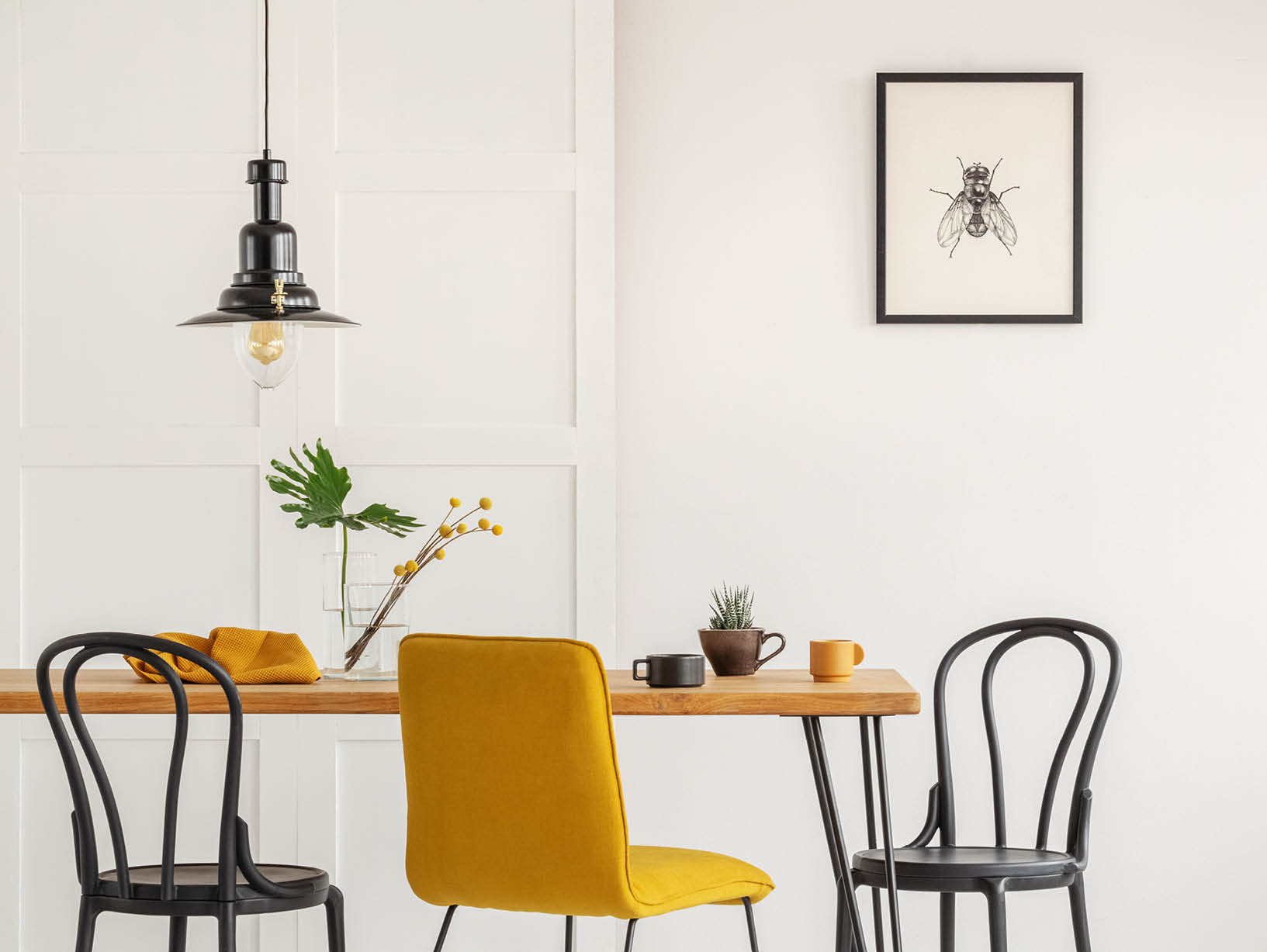
Function and form
One of the biggest misconceptions about displaying art is that it should be the focal point of the room. While it certainly can be, the average home is not an art gallery; therefore, your art should blend in with the overall aesthetic of your space, not detract from it. You should always look for pieces that speak to your personal taste, and you should not be swayed by what you think you should buy based on what’s popular. After all, you will be the person who is surrounded by this art every day. Once you’ve purchased pieces that you love, the next (and arguably the hardest) step is deciding where to place the work throughout your home.
Space
Unless you are putting together a gallery wall, your art needs room to breathe. You can group pieces of varying styles together; try groups of three for the most unified look. Just be sure to keep color scheme and style in mind, and place pieces side by side before you commit to hanging them to make sure they blend cohesively. But, even when grouping art, you need to be mindful of the distance between each piece. A good rule of thumb is to keep frames spaced two to three inches apart, even within a gallery wall design.
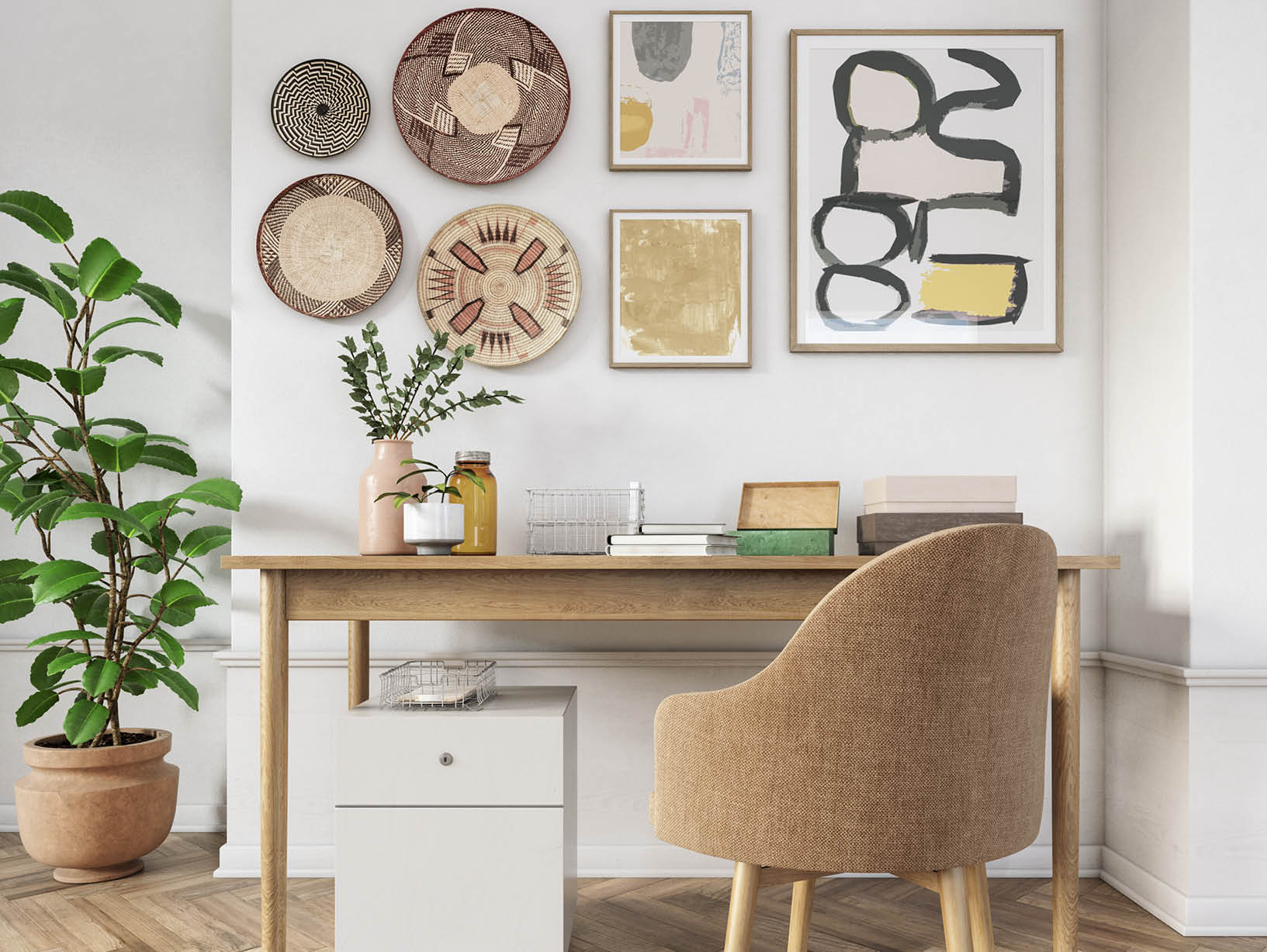
Height
You might be tempted to hang your art high on the wall to leave a large amount of space between the piece and your furniture and to make sure the artwork is clearly visible. However, hanging your art high can have the opposite effect. Instead, hang your art at about eye level, roughly five feet from the floor (this could vary depending on the height of the piece), or three to four inches above any furniture. If you’re hanging a larger piece above a sofa, the optimum breadth is about two-thirds the width of the sofa.
Movement
Artwork can add a lot of movement and contribute to the flow in your spaces if it’s thoughtfully placed. Sculptures and larger pieces, in particular, should be given adequate space and shouldn’t be flush against a wall. Placing an arrangement of artwork or photos along a staircase will guide the eye upward. Think about the way you and others move through your home, and make sure each piece of art is displayed in unity with that movement.
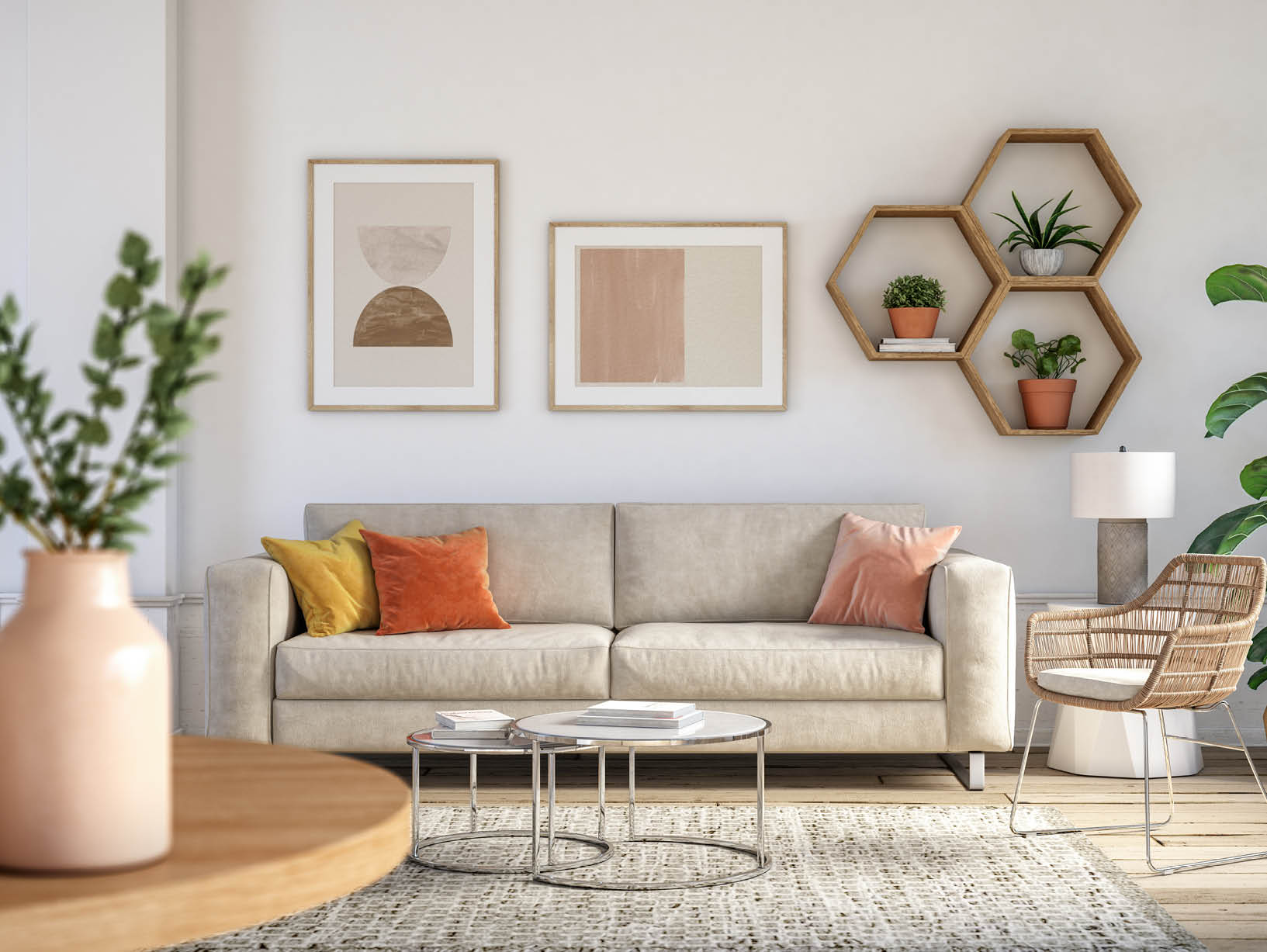
Light
You’ll never find an art gallery without adequate lighting around each piece, and the same principle should apply to art in your home. Make sure your art is displayed in an area with a good amount of natural light during the day, or consider installing it in a spot where the lighting in your home will hit it nicely. To really capture the gallery effect, you could also place smaller lights, set to a timer, above each piece so they are well-lit at night.
Give Your Home Personality
The biggest difference between a home with art and one without is character. When you step into a space with art, you get a much better sense of whose home you are in. You don’t need to have the largest art collection or the most expensive pieces. What matters is that the art you own speaks to your personal style, that it’s displayed with intent, and that it feels like a natural part of your home.




